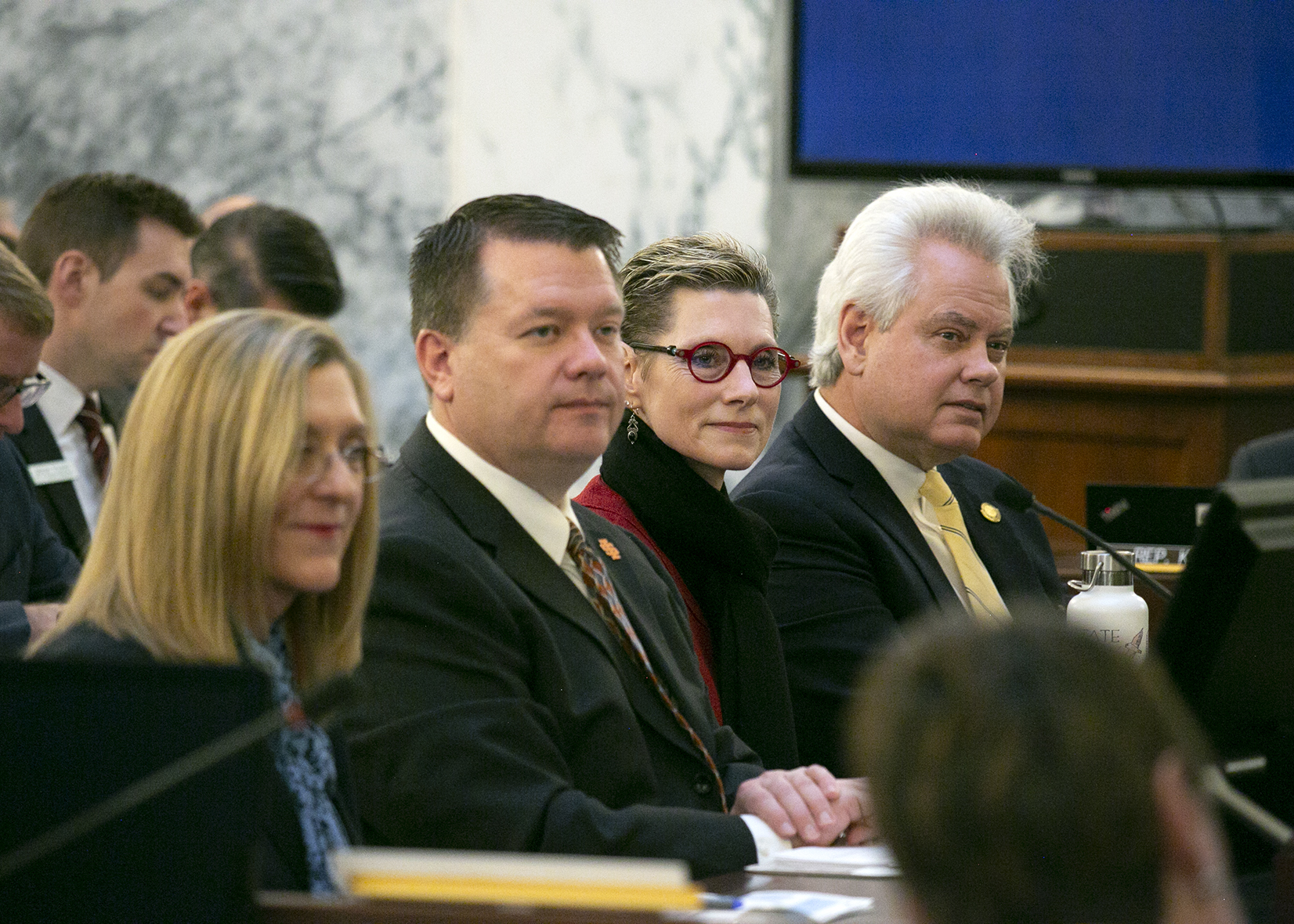
A month into Idaho’s unplanned remote learning experiment, change predictably comes with challenges.
School districts and charters are struggling to get learning materials into students’ hands. For William Love, a journalism teacher at Sandpoint High School, that means getting printed materials in the hands of about half of his students — including some who live 30 to 45 minutes from school.
Educators continue to fight the age-old achievement gaps that are evident in the traditional classroom. Special-needs students, English language learners and students in poverty are likely struggling in their new setting. “The reality is, we really won’t know where kids are at until the fall,” state superintendent Sherri Ybarra said this week.
While all of this is troubling, none of this should be terribly surprising to anyone in the K-12 space.
What might be more surprising is the higher education community is facing the same issues. A month into their abrupt transition to a remote learning model, the state’s college and university presidents presented a candid assessment to the State Board of Education Monday.
Those Internet and computer access issues — the kinds that affect rural public schools? It’s a problem at the higher education level, too.
Boise State University has moved routers into a stadium parking lot so students without Internet can do drive-by downloads and uploads, President Marlene Tromp said. And while the curbside service will help local students, it doesn’t do much good for the students who were sent home in March, when Boise State closed its dorms and shut down the campus. For those students who would normally go online at the local public library, they might be out of options.
And as for achievement gaps?
“I think we will see an achievement gap,” Idaho State University President Kevin Satterlee said. “I think we’ve already seen it in some of our students.”
Some of those learning gaps are a function of content; for example, it’s difficult to translate a lab class into an online format. But some gaps are more fundamental. Students learn differently, and that’s just as true at the college level as it is at the K-12 level. Many of the University of Idaho’s students seem to be faring well in the new learning reality, President C. Scott Green told the State Board, while others are missing the structure of a classroom environment.
In other words, it’s unfair (and clueless) to assume that all college students are digital natives who will make a seamless switch to online learning.
This was never going to be easy, at any level in the education system. If anything, the timeframe for Idaho’s colleges and universities was even more compressed and urgent. College and university presidents knew they needed to move quickly, to halt the community spread of a virus on normally bustling campuses.
The defining day, as it turned out, was Friday, March 13. Boise State spent the day running a remote learning experiment. By late afternoon, the State Board approved the higher education system’s remote learning plan. As the State Board met, Gov. Brad Little held a late afternoon news conference to announce Idaho’s first confirmed coronavirus case — involving, coincidentally, a student on Idaho State University’s Meridian campus.
That was only six weeks ago, something easily forgotten in the coronavirus timewarp. Oh, and don’t forget to factor in a week for spring break. Time might move slowly in pandemic self-isolation, but things moved very quickly, very suddenly, in Idaho higher education.
Listening to the college and university presidents talk about the achievement gaps Monday, State Board President Debbie Critchfield had a couple of takeaways. First, it disproves another tidy but unfair assumption about college students — the notion that, since they’re paying for higher education, they should automatically be ready to learn under any set of conditions. Second, it’s a reminder that many college students are just months removed from K-12. If students needed a face-to-face learning environment to thrive in high school, they need the same level of support now.
And in many cases, they’re sorely missing that support. Many Lewis-Clark State College students see their online learning experience as an “episode” they want to get past and never revisit, President Cynthia Pemberton said.
“They want to be in the classroom with their instructors,” she said. “They want to have the hands-on interaction.”
A shared sentiment, no doubt, that cuts widely across the learning spectrum, from kindergarten through college.
Each week, Kevin Richert writes an analysis on education policy and education politics. Look for it every Thursday.
Watch and listen here: Catch Idaho Education News’ in-depth Facebook Live interview with State Board President Debbie Critchfield.
